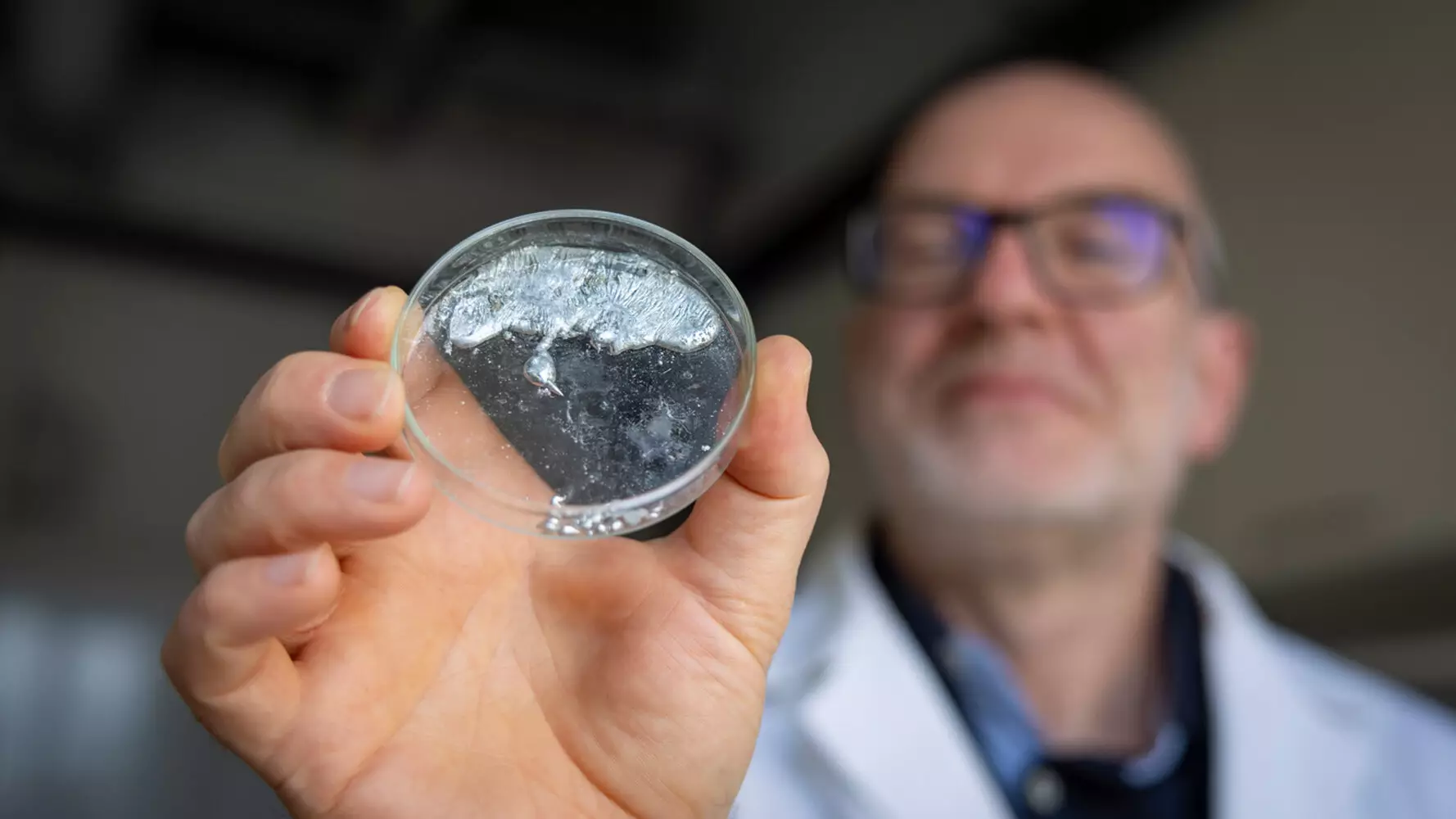In the realm of industrial chemistry, catalysts serve as the unsung heroes, facilitating crucial reactions that form the backbone of many products we rely on. From the catalytic converters in cars that help purify exhaust gases to the creation of fertilizers in agriculture, the significance of catalysts cannot be overstated. However, the reliance on precious metals such as iridium and rhodium—both rare and environmentally harmful—poses significant sustainability challenges. The urgency to transition to more eco-friendly alternatives has gained traction in recent years and there is an increasing emphasis on finding replacements that are not only effective but also affordable.
Prof. Dr. Robert Kretschmer from Chemnitz University of Technology articulates the growing need for a paradigm shift in catalyst development. According to him, the adoption of main group metals like aluminum and gallium as substitutes for rare precious metals is essential for creating more sustainable production processes. These metals are some of the most abundant on the planet, boasting both low costs and non-toxic properties. Their unique chemical behaviors could unlock new avenues in catalysis, provided that researchers can overcome existing hurdles.
The intrinsic complexity of catalysis using these earth-abundant metals cannot be overlooked. Traditional methods developed for precious metals cannot be easily translated to aluminum or gallium due to their differing chemical characteristics. Therefore, a dedicated focus on innovative methodologies that leverage the capabilities of these metals is crucial for their successful integration in industrial applications.
Recently, scientists at Chemnitz University have made significant strides in this area. For the first time, they have successfully observed reactions involving gallium compounds that were previously attributable only to their expensive counterparts. The researchers created an unprecedented compound where a gallium atom is bonded to just one carbon atom, a rare occurrence that expands the boundaries of what was thought possible in the field of catalysis. This breakthrough not only illustrates the potential of gallium in catalysis but also positions it as a viable candidate for future research and application.
The implications of this discovery are profound. The gallium compound exhibits unusual reactivity, particularly in its ability to stabilize a single bond while facilitating a reaction that involves shifting across two carbon motifs. This characteristic is indicative of insertion reactions, which are pivotal in industrial synthesis processes. The revelation that gallium can engage in these reactions opens up a wealth of possibilities—both for theoretical research and practical applications in various industries.
As the demand for sustainable practices in chemistry continues to escalate, the exploration of alternative catalysts becomes increasingly vital. The strides made by Chemnitz’s Chair of Inorganic Chemistry signify a promising future where less toxic, earth-abundant metals can not only match but potentially exceed the capabilities of traditional precious metal catalysts. By fostering a culture of innovation and exploring these new methods of catalysis, researchers can make significant contributions towards sustainable industry practices, ultimately affecting the way products are manufactured in a cleaner and more efficient manner. The future of catalysis is bright, offering a transition towards a more sustainable and accessible chemical landscape.


Leave a Reply